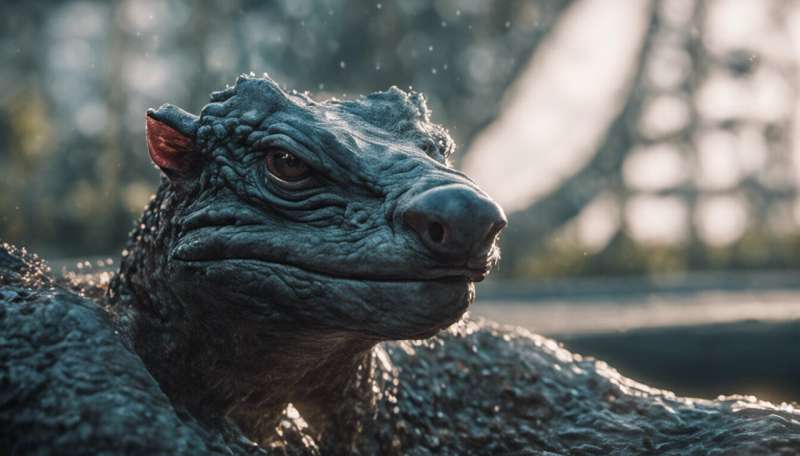
Bonobos are a species who are believed to have “self-domesticated.” Credit: Shutterstock
In the 19th century, Charles Darwin observed that different species of domesticated animals often developed similar changes when compared to their ancient wild ancestors.
But why do seemingly unrelated features repeatedly occur together in different domesticated animals? Scientists refer to this collection of shared changes as “domestication syndrome,” and the reason it occurs is still a topic of debate.
In a new paper published in Proceedings of the Royal Society B, we argue that current popular explanations are not quite right and propose a new explanation focused on significant changes in the way domesticated animals live. Along the way, our theory also offers insights into the unexpected story of how humans domesticated themselves.
The most commonly shared change is tamer behavior. All domesticated animals are calmer than their wild ancestors naturally were. This is probably not surprising, as ancient humans would have preferred docile animals and likely selected breeding stock for tameness.
2023-03-23 05:00:04
Link from phys.org
